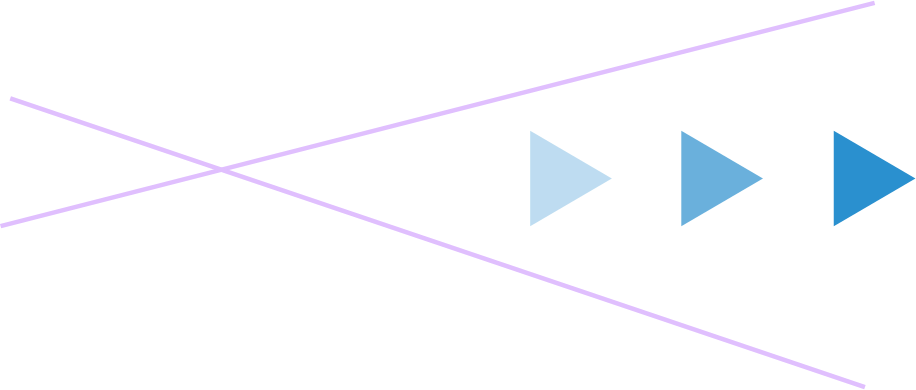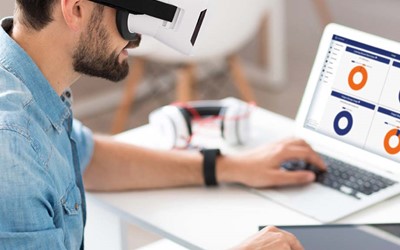When is a good time for 360 VR assessment?
As immersive technologies are increasingly being adopted as a learning tool we are seeing a growing demand for the use of VR in assessments. VR offers new ways to measure an individual’s reaction, as well as performance and skill level. But what are some situations that may benefit from a VR assessment? We’ve put together some examples of how VR assessments can be used for your learners and potential employees.
Posted 10 January 2023
Risky situations
VR can create a safe space that enables not only authentic measurable assessment but also have an authentic assessment experience for the candidate. It gives the assessor the perfect opportunity to get an accurate representation of how a learner would perform in a real environment without the risk.
As with many industries reducing accident rates and risk is important, but it can be tricky to give a learner the experience they need to be able to apply these skills in real life without some kind of risk involved. This is where VR learning and assessments shine, by allowing the candidate to show exactly what they have learned with no impact on real life casualties or harm to themselves. This is particularly beneficial within the medical industry allowing candidates to perform complex operations without patient risk, putting what they’ve trained for into action and showing skills.
Finding the right candidate for the job
There has been a growing trend for using VR in the recruitment phase, with businesses using it to showcase their workplace, allowing people to put themselves into scenarios based around the role so they can get a clear picture of what the role will entail. It can also be useful in the selection process. Interviews can be limiting and can sometimes not give you an accurate picture of what a potential employee has to offer, not to mention some people do exaggerate skill levels.
Interviewers can misinterpret responses or ask different people different questions, you want the interview to be conducted in a fair and effective way and decisions to be based on evidence. This is where VR can step in. By offering a VR assessment potential employees will get the opportunity to be placed in a job situation, giving them the chance to react to scenarios, show how machinery works or even perform a complex technical procedure all from the comfort of an office or even at home. It also gives real life insight on how a potential employee would react when put in certain situations and allow observation on behaviour.
Location
Often assessments require being on location outside a classroom, for example on an oil rig in the middle of the ocean or on a construction site. VR means you don’t have to be limited to distance when it comes to assessments. You literally can bring the testing environment to wherever the candidate is no matter their location, eliminating travel costs, decreasing lost instruction time spent on travel and cutting out any safety concerns. This makes VR assessments more accessible to a wider demographic of candidates and also gives a more accurate picture of the candidate’s skill level by putting them in the environment.
Why is it worthwhile?
VR assessment is the ideal platform to measure what you want to be measured in a candidate. You can measure your team’s ability, identify strengths and weaknesses and accelerate skills growth. If you’re on the hunt for new employees VR can help you see if a candidate can show critical thinking, concepts or application, in an authentic way.
30-day FREE Trial of eNetReality
Start your VR experience today and begin to quickly develop and create your own fully-immersive assessments - no coding required!
Recent Posts
eCom Learning Solutions: Staying ahead in a constantly evolving landscapeIs your work changing, or just your tools? A question for the modern workforce
What is competency? And why it matters in the workplace
Bridging the integrity gap: A proactive approach with eNetEnterprise
Proving Learning Works: Trends Driving Workplace Training in 2025



